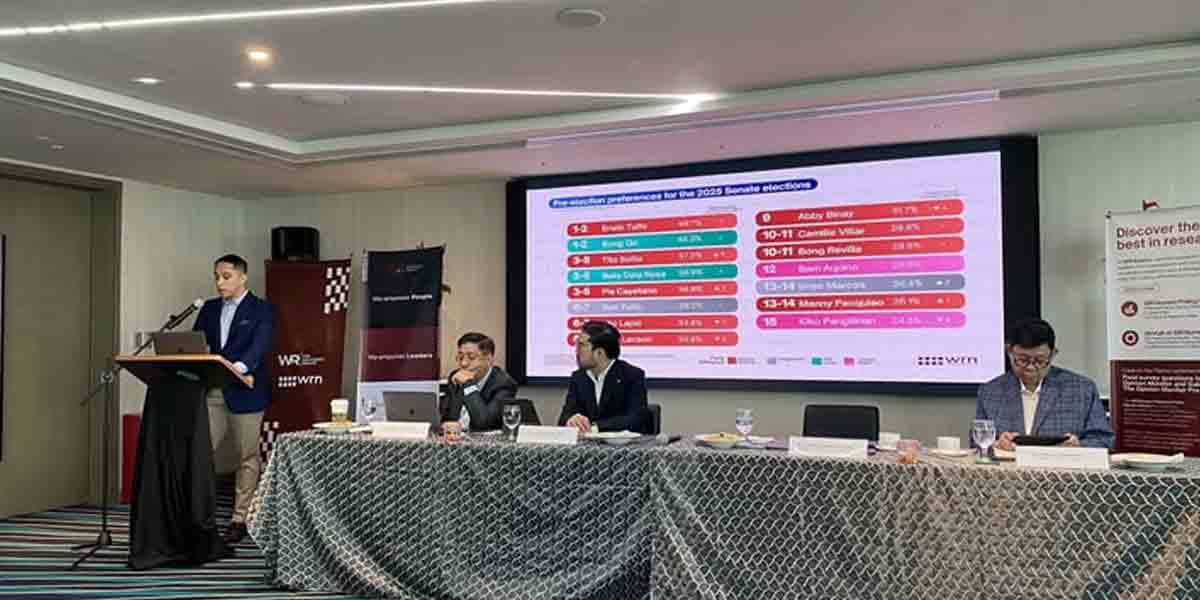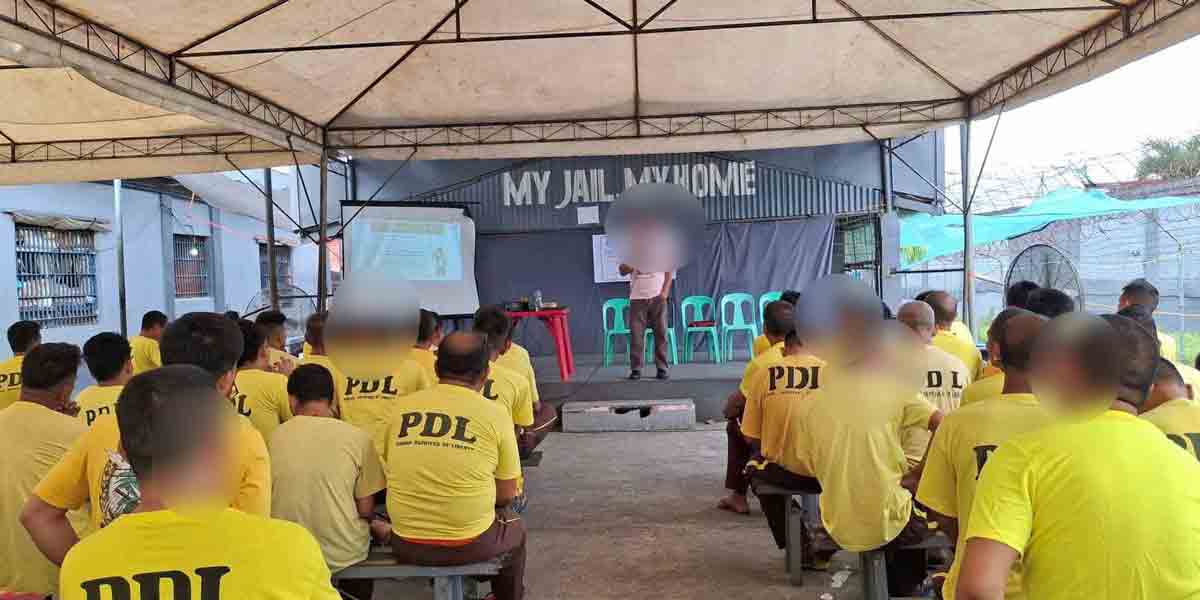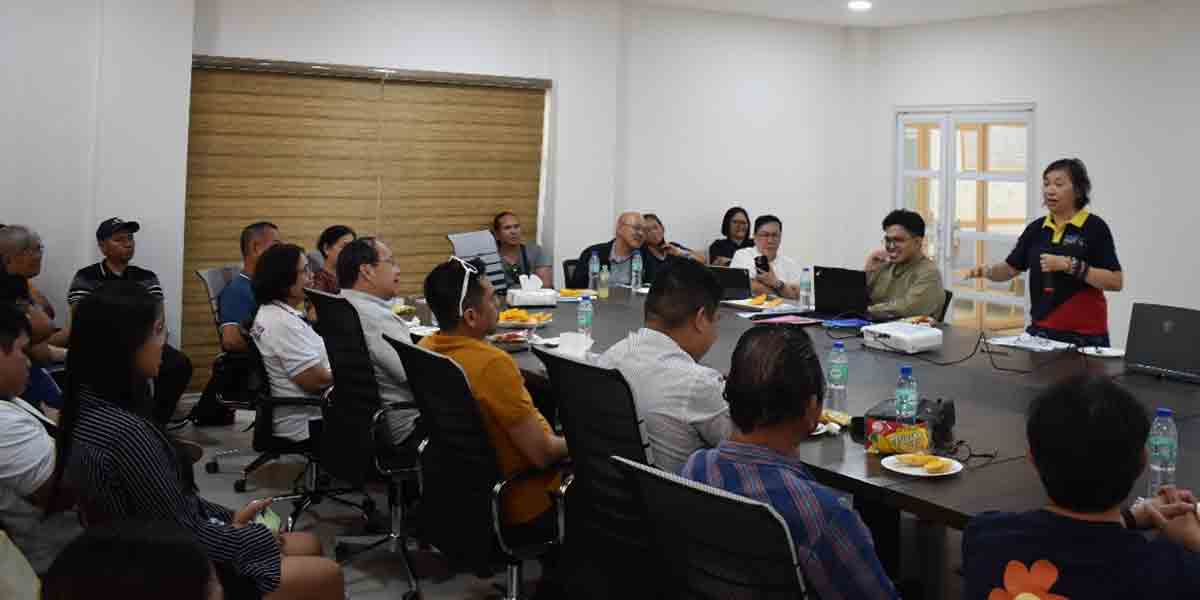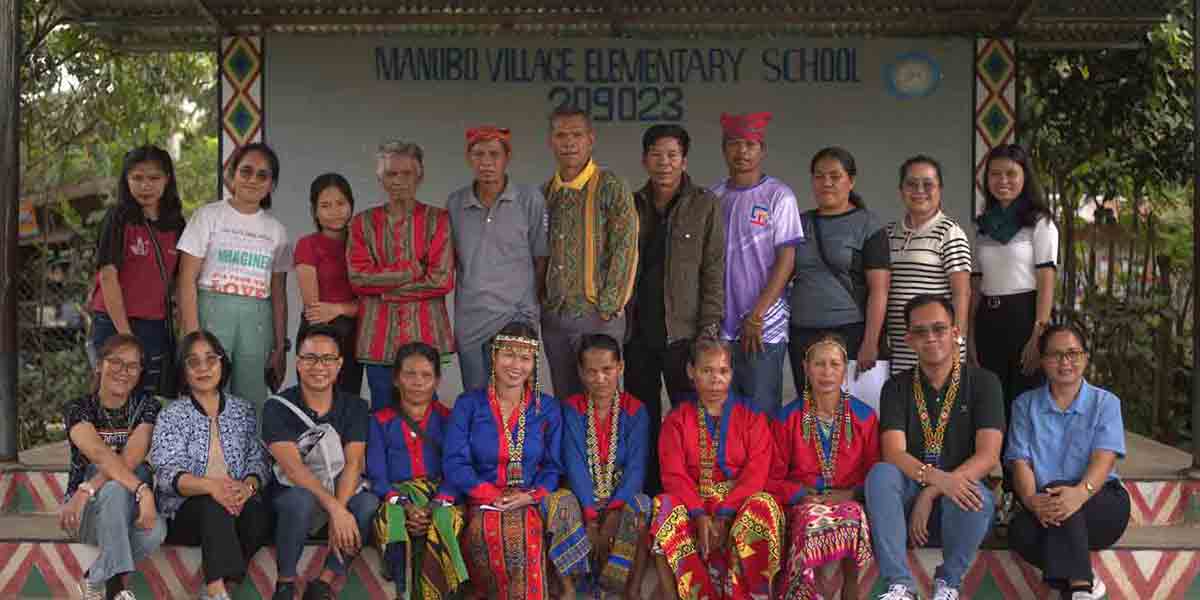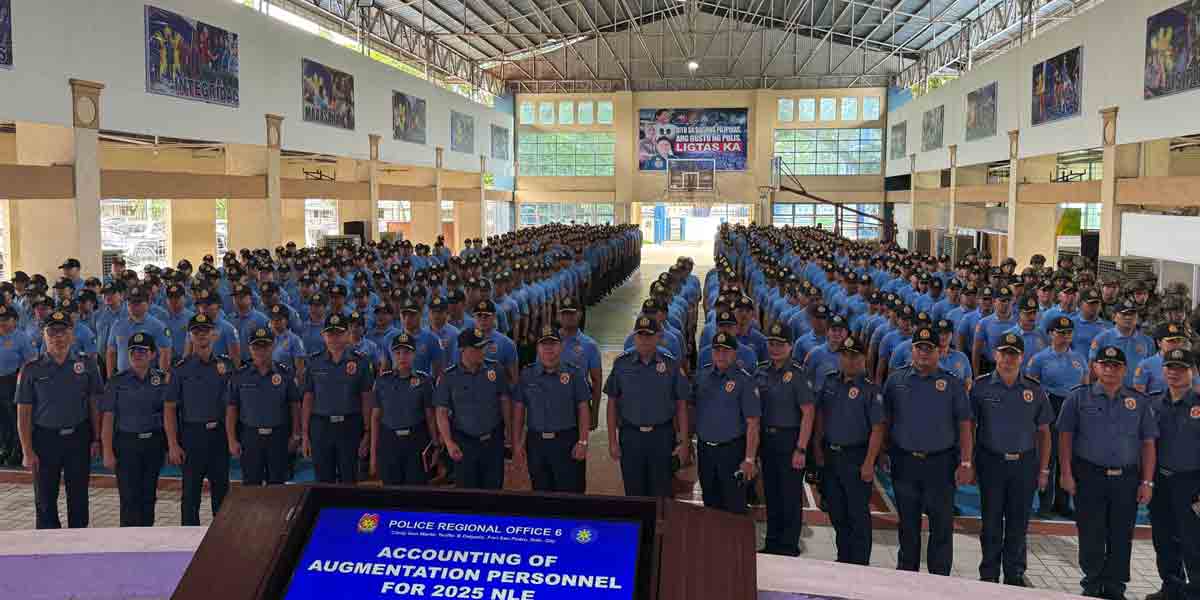By Alex P. Vidal
“For me, religious festivals and celebrations have become an important way to teach my children about how we can transform living with diversity from the superficial ‘I eat ethnic food’, to something dignified, mutually respectful and worthwhile.” — Randa Abdel-Fattah
WHEN we were kids in the 70s in Iloilo City, we were told that the ati tribe dance competition normally was the pinnacle of the week-long Dinagyang Festival held on the third Sunday of January after the festive parade sponsor mardi gras on Saturday (later developed into outstanding and illuminating cultural tribe jousts by competing public schools and municipalities).
The presentations were dignified, mutually respectful and worthwhile.
We were excited to participate in the street dance and could easily find the best area to stay—without going through the proverbial eye of the needle—and watch the mesmerizing and tantalizing ati dances at the Iloilo Freedom Grandstand on corner Iznart and Mapa Streets, its original site, which wasn’t so colorful and sophisticated like what we have in the new location today.
No ticket was sold in the main performance area and other judging stages; no rough and arrogant cops were deployed to restrict our movements and tag us as “eyesores” (college cadets were later dispatched to help control the growing crowd in the succeeding years).
No scalpers, only pickpockets and molesters in the crowd.
-o0o-
There was no “live” international media coverage and social media to chronicle the event in the Facebook, Youtube, Instagram, and Twitter but the state-controlled IBC TV-12 television station, radio stations dyRP, dyRI, and Yuhum magazine, were among those who spearheaded the publicity and promotion of the event, which was so simple and no “official accreditation.” Media technology was primitive.
It was the salad years for commercial photographers who were responsible for the evocative and eye-catching postcards that circulated around the world in the 70s and early 80s. The years when black and white photography was preponent.
But the religious and cultural festival’s real “soul” was the fluvial parade or fluvial procession, according to then Mayor Renerio Ticao, who, in 1968, led a group of Ilonggo leaders and then parish priest of San Jose Church, Fr. Ambrosio Galindez, OSA, and the devotees of Sr. Santo Niño in welcoming the model of the child Jesus’ image from Cebu City to the San Jose Parish Church in the Dinagyang’s infant stage.
Fr. Suplicio Ebderes, OSA led the Cebu delegation.
Until today, the original venerated image that arrived in 1968 is still preserved there and a Novena in its honor is regularly held there.
“In the early morning light of dawn, the respected Santo Niño image is borne on a decorative banca in a fluvial procession, starting from the mouth of the Iloilo River at Fort San Pedro, winding all the way to the Iloilo Provincial Capitol which stands on the bank of the Iloilo River,” Dr. Vic Pido recalled in I-TRAVEL.
Happy Dinagyang and Viva Sr. Santo Niño!
(The author, who is now based in New York City, used to be the editor of two local dailies in Iloilo.—Ed)


